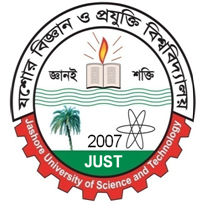
Efficacy of electrolyzed water and ultrasound treatment on shelf life extension and quality retention of fresh agricultural produce
Tropical fruits and vegetables is a major source of nutrients for the people of the tropical regions like Bangladesh. Though fulfilling the food demand of a rapidly increasing population remains a major concern, huge amount of vegetables and fruits are wasted annually due to lack of sufficient technology and knowledge of postharvest processing. Food spoilage after harvesting can disrupt markets and can lead to substantial economic losses for everyone from farm to customers. There is, therefore, a growing and urgent need for simple inexpensive processes, which can pave the way to save these highly perishable commodities from spoilage under tropical conditions and make them available to regions away from places of abundant production and during lean seasons.
Currently, consumers are more interested in minimally processed food products without additives, improved safety and shelf life (Byrd-Bredbenner et al., 2015; Khan & Oh, 2016; Khan, Ullah, & Oh, 2016). As a result, the trend of food processing has changed from conventional thermal approaches to non-thermal processing technologies to meet the consumer demands for more natural and healthier food. While thermal processing may cause some adverse effects on the nutritional and organoleptic attributes of food, non-thermal technologies have the potential to ensure safety with the maintaining fresh-like characteristics of the food product. Because of these facts, the hurdle concept (generally known as combined methods) has become a promising technology that simultaneously reduces losses of nutritional and sensory quality and improves total quality and food safety (Rahman, 2015).
The aim of this study is to evaluate the effectiveness of different combinations of non-thermal preservation techniques on microbiological, physicochemical, and sensory attributes of food and fresh agricultural products and to improve the stability and/or quality of minimally processed products.

